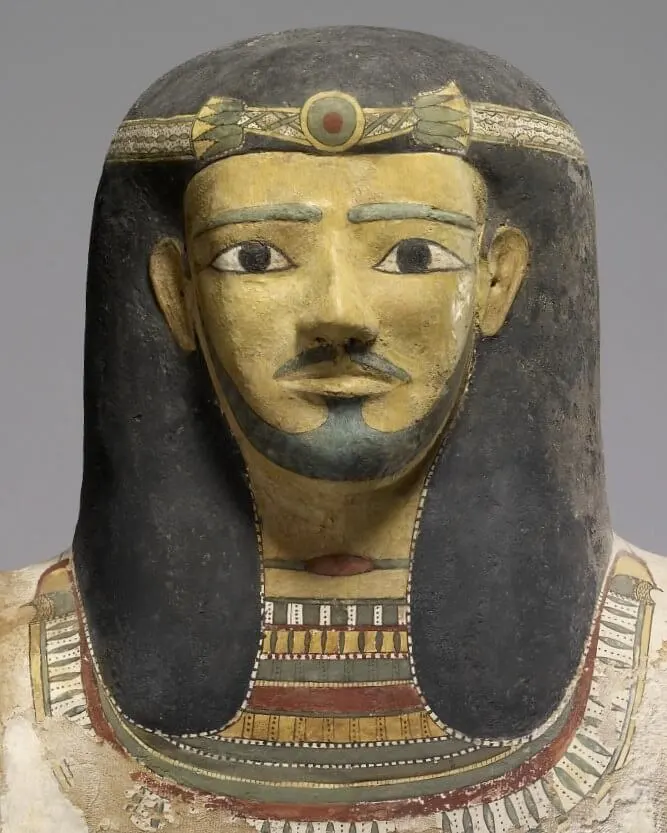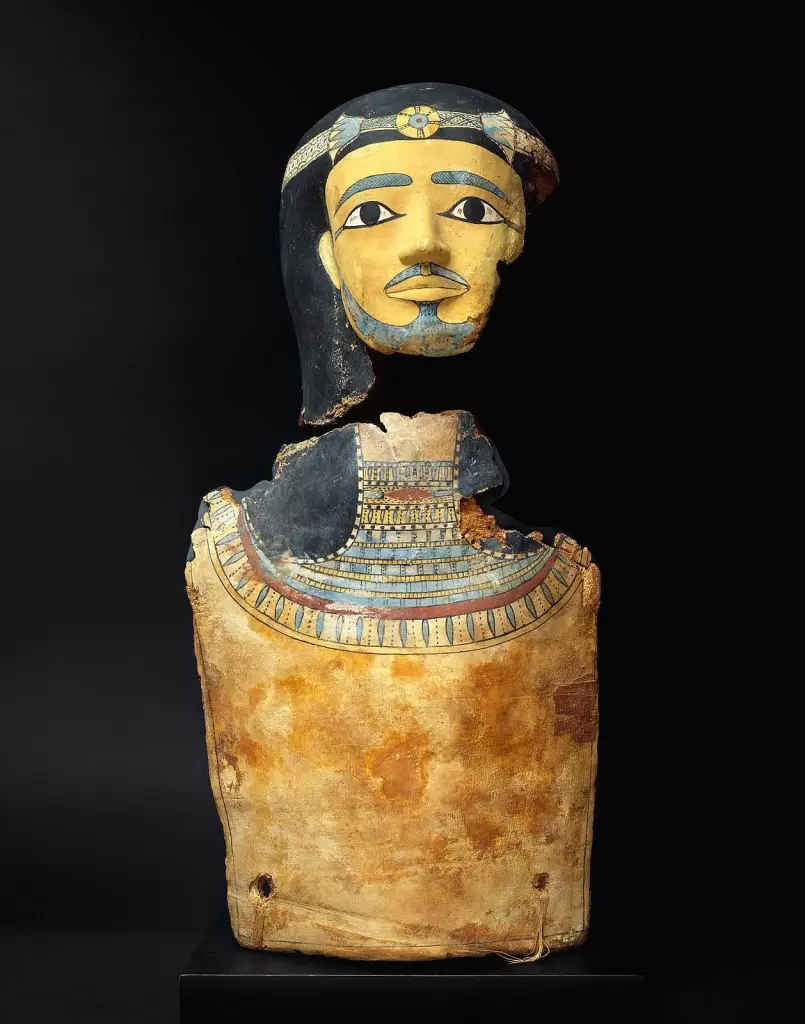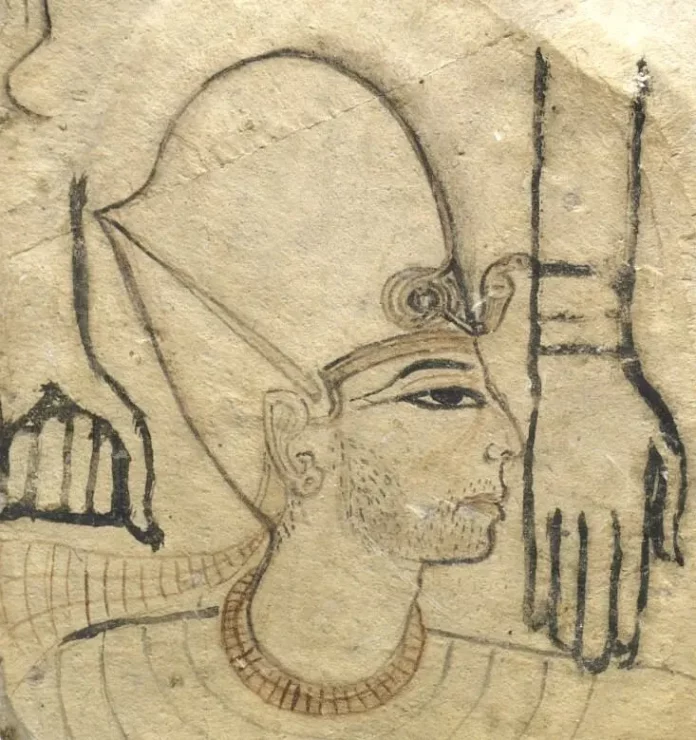In the ancient land of Upper Egypt, nestled within the Asyut Necropolis, a significant discovery was made. A cartonnage mummy mask belonging to a High Official from the 11th-12th Dynasty of the Middle Kingdom, dating back to approximately 2000-1980 B.C., was unearthed. This exquisite mask, now showcased at The Walters Art Museum, offers a glimpse into the rich cultural heritage of ancient Egypt.
During the same excavation, another remarkable mummy mask was found, distinguished by its similar bearded style and the presence of an upper torso. This discovery, along with others, has gradually shifted our understanding of Egyptian grooming practices. While it was commonly believed that Egyptians were predominantly clean-shaven, archaeological evidence suggests a more nuanced reality. Royal mummies with hair, as well as depictions of men with beards and moustaches, have been uncovered, indicating that facial hair was not entirely uncommon.

Middle Kingdom, 11th-12th Dynasty, c. 2000-1980 B.C.
Asyut Necropolis, Upper Egypt.
The Walters Art Museum. 78.4
The priesthood, known for their meticulous cleanliness, often removed facial and head hair. However, the notion of a completely clean-shaven king is not entirely accurate. Depictions of Old Kingdom kings with pencil moustaches, and these two Middle Kingdom bearded masks, indicate that a lack of facial hair was not absolute. A fascinating portrayal of Seti I, a New Kingdom, 19th Dynasty king, shows him with a stubbled face, suggesting he might have been in mourning. This depiction is rare, as stubbled kings are uncommon in ancient Egyptian art. It is believed that this image might have served as a practice drawing for a royal artisan, given its unusual nature.

Middle Kingdom, 11th-12th Dynasty, c. 2140–1926 B.C.
MFA, Boston. 1987.54
Historians propose that Seti I’s beard could symbolize mourning, a tradition still observed in various cultures around the world today. This intriguing depiction adds a layer of depth to our understanding of ancient Egyptian customs and the complex ways in which they expressed grief.

In conclusion, these discoveries from the Asyut Necropolis not only provide insights into the artistic and cultural practices of the Middle Kingdom but also challenge long-held assumptions about grooming habits in ancient Egypt. The presence of facial hair in royal depictions and mummies reveals a society with diverse expressions of identity and emotion, enriching our appreciation of their sophisticated civilization.




